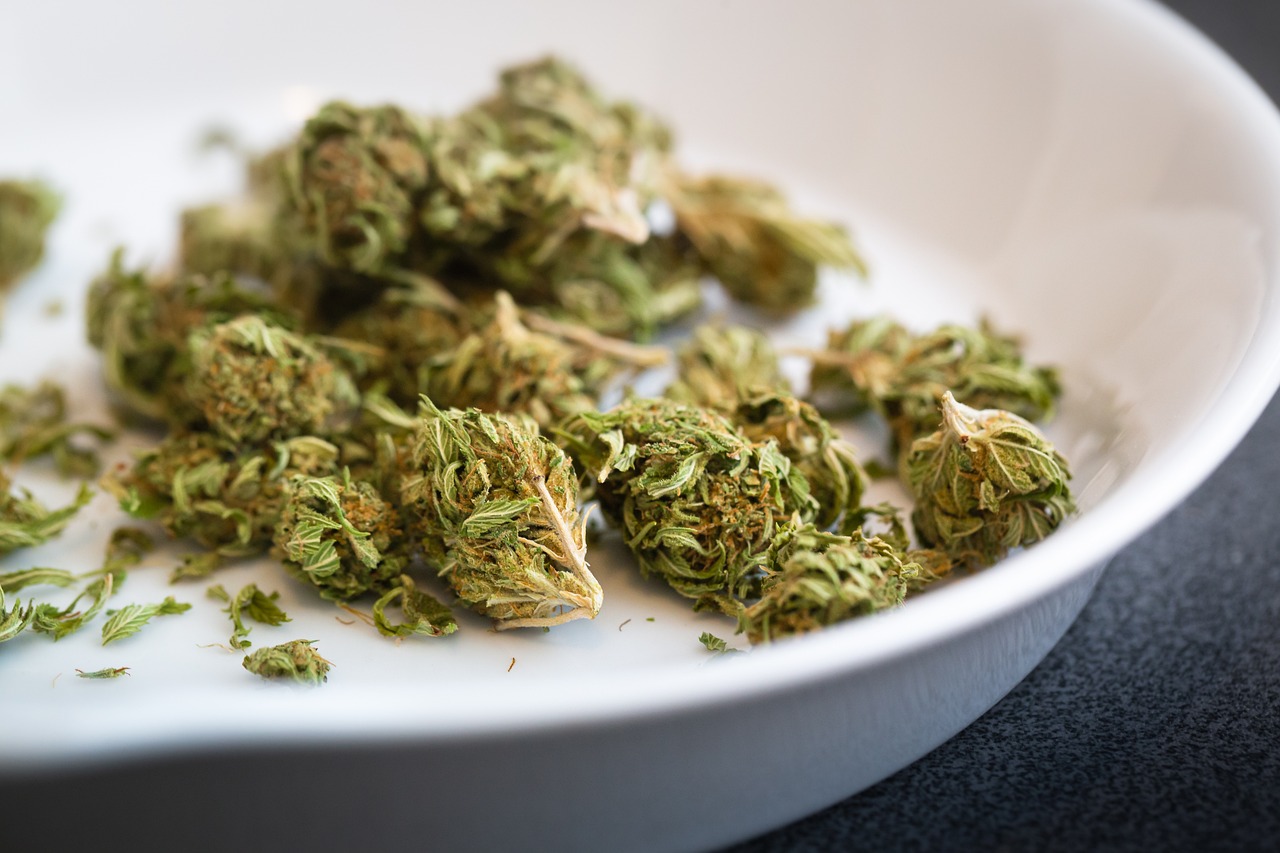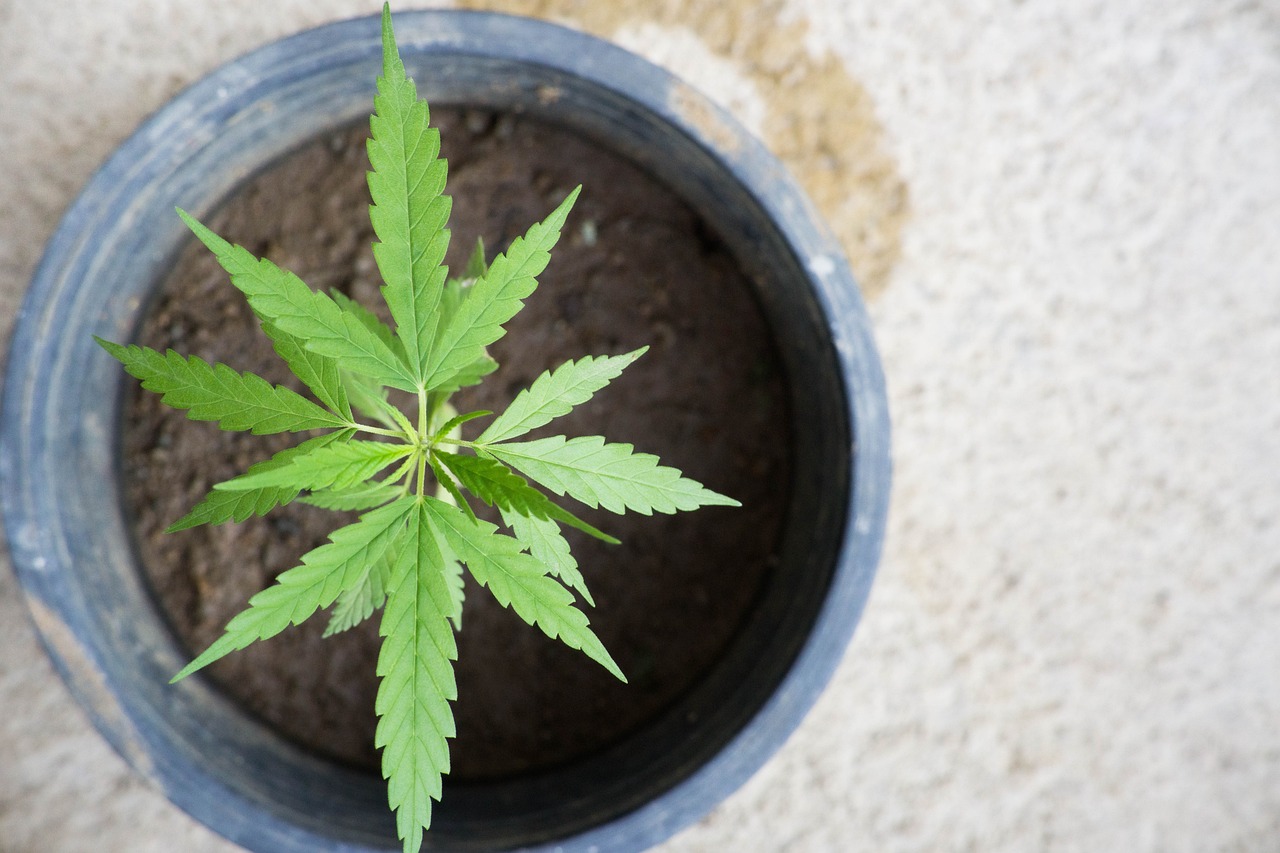Epilepsy is a complex neurological disorder that affects millions of people worldwide, causing recurrent seizures that can significantly impact the quality of life.
While traditional treatments like antiepileptic drugs exist, they may not always provide adequate relief for all patients. In recent years, there has been growing interest in exploring alternative treatment options, and one that has gained attention is medical marijuana (MMJ).
In this comprehensive article, we’ll delve into the potential benefits and challenges of using MMJ as a treatment for epilepsy, as well as share the perspectives of both medical professionals and patients who have experienced the promising effects of MMJ on seizure control and overall well-being.
Medical Marijuana for Epilepsy Treatment
Medical marijuana, often referred to as MMJ, is a term used to describe the use of cannabis and its derivatives for therapeutic purposes. The two most well-known compounds in cannabis are tetrahydrocannabinol (THC) and cannabidiol (CBD), each of which has distinct effects on the human body. Medical marijuana has shown potential in treating a wide range of medical conditions, including epilepsy.
Cannabis and Seizure Control in Epilepsy
One of the most compelling aspects of MMJ for epilepsy is its potential to control seizures. Studies have indicated that certain cannabinoids found in cannabis, particularly CBD, may have anticonvulsant properties. This means they can help reduce the frequency and severity of seizures in individuals with epilepsy. While research is ongoing, some patients have reported remarkable improvements in their seizure control when using MMJ.
Epilepsy and MMJ: A Patient’s Perspective
For individuals living with epilepsy, finding an effective treatment is often a journey marked by trial and error. Some patients have shared their experiences with using MMJ to manage their condition. Their stories provide valuable insights into the potential benefits of medical marijuana. Many patients report a reduction in seizure frequency and an improvement in their overall quality of life after incorporating MMJ into their treatment regimen.
CBD Oil and Epilepsy Management
Cannabidiol (CBD), a non-psychoactive component of cannabis, has received considerable attention for its potential in epilepsy management. Epidiolex, an FDA-approved prescription medication containing pure CBD, has been used to treat specific forms of epilepsy, such as Dravet syndrome and Lennox-Gastaut syndrome. The success of Epidiolex has sparked interest in CBD as a treatment option for a broader range of epilepsy cases.
THC and Epilepsy Relief
Tetrahydrocannabinol (THC), the primary psychoactive compound found in cannabis, has been a subject of interest in the context of epilepsy treatment. While much of the focus has been on the non-psychoactive cannabinoid cannabidiol (CBD) due to its anticonvulsant properties, there is emerging evidence suggesting that THC may also offer relief for some individuals with epilepsy.
THC interacts with the endocannabinoid system in the brain, affecting various neurological processes, including those related to seizure activity. Some patients with epilepsy have reported experiencing positive effects from THC-rich cannabis strains, which can include reduced seizure frequency and intensity. However, it is crucial to recognize that THC’s psychoactive properties may not be suitable for everyone, especially for pediatric epilepsy patients.
Research into the use of THC for epilepsy relief is ongoing, and more clinical studies are needed to better understand its potential benefits and risks. Finding the right balance between THC and CBD, known as the entourage effect, is a complex process that should be tailored to an individual’s specific needs and monitored closely by healthcare professionals.
Individual responses to THC can vary, and while it may be a viable option for some epilepsy patients, it may not be the best choice for others. Thus, it is crucial for patients and healthcare providers to work together to determine the most appropriate treatment approach, considering the unique characteristics of each case.
As the field of medical marijuana research continues to evolve, THC’s role in epilepsy management remains a topic of interest and further exploration.

Image by Uwe Conrad from Pixabay.
Research on MMJ for Epilepsy
The exploration of medical marijuana (MMJ) for epilepsy is a field of study that continues to expand and evolve. While anecdotal evidence and individual success stories have sparked interest in using MMJ for seizure control, scientific research plays a crucial role in establishing its safety and efficacy.
Clinical trials and studies are underway to examine the potential benefits and risks of MMJ as a treatment option for epilepsy. Researchers are investigating various aspects, including the optimal cannabis strains, dosages, and administration methods. These studies aim to provide evidence-based guidance for patients, healthcare providers, and policymakers, paving the way for more informed decisions regarding the use of MMJ in epilepsy management.
Using Medical Marijuana for Pediatric Epilepsy
The use of medical marijuana (MMJ) in pediatric epilepsy cases is a topic that requires special attention and consideration. Children with severe forms of epilepsy, such as Dravet syndrome or Lennox-Gastaut syndrome, often experience debilitating seizures that may not adequately respond to traditional treatments. For these young patients, MMJ has emerged as a potential alternative that offers hope.
CBD-rich cannabis products, which contain little to no tetrahydrocannabinol (THC), have garnered significant attention for their use in pediatric epilepsy. CBD is non-psychoactive and has shown promise in reducing seizure frequency and severity in some children. Epidiolex, a CBD-based medication, has even received approval from the U.S. Food and Drug Administration (FDA) for the treatment of specific pediatric epilepsy conditions.
For parents and caregivers of children with epilepsy, the decision to explore MMJ as a treatment option is a deeply personal and often challenging one. While the potential benefits are encouraging, it is essential to approach this choice with the utmost care. Consulting with healthcare professionals experienced in pediatric epilepsy and medical marijuana is crucial to ensure a safe and effective treatment plan.
Pediatric MMJ treatment should always be supervised by healthcare providers who can monitor the child’s progress, make necessary adjustments, and provide guidance to minimize potential risks. Furthermore, navigating legal and regulatory aspects, as well as seeking support from advocacy groups, is essential for parents and caregivers considering MMJ for pediatric epilepsy.
Epilepsy Patients’ Success Stories with MMJ
Many individuals with epilepsy have shared their success stories about using MMJ as a treatment. These personal accounts often emphasize the positive impact of medical marijuana on seizure control, quality of life, and overall well-being. While anecdotal evidence is valuable, it is important to remember that individual responses to MMJ may vary, and what works for one person may not work for another.
Epilepsy Medication Alternatives with MMJ
For some individuals, traditional epilepsy medications may not provide sufficient relief from seizures or may come with unwanted side effects. In such cases, MMJ may be considered as an alternative or complementary treatment option. Discussing this possibility with a healthcare provider is essential to ensure safe and effective treatment.
Benefits of Medical Marijuana for Epilepsy Patients
The potential benefits of MMJ for epilepsy patients include:
- Seizure Control: Reduced frequency and severity of seizures.
- Improved Quality of Life: Many patients report an overall improvement in their well-being, including enhanced mood, better sleep, and increased energy.
- Fewer Side Effects: Some individuals experience fewer adverse effects compared to traditional epilepsy medications.
- Alternative for Resistant Cases: MMJ can provide a treatment option for individuals whose epilepsy does not respond well to other treatments.
- Potential for Pediatric Patients: CBD-rich cannabis products have shown promise in treating pediatric epilepsy.

Image by Jirapong Pnngjiam from Pixabay.
Cannabis Strains for Epilepsy Management
Choosing the right cannabis strain is a critical consideration for individuals exploring MMJ for epilepsy management. While CBD-dominant strains are often preferred, it is important to consult with a knowledgeable budtender or healthcare provider to identify strains that suit individual needs and preferences. Some strains known for their potential in epilepsy management include Charlotte’s Web, ACDC, and Harlequin, all of which have high CBD content.
Legal Aspects of MMJ for Epilepsy
The legality of using MMJ for epilepsy varies by location. In the United States, for example, different states have different regulations governing the use of medical marijuana. It is important for patients to understand the legal aspects of MMJ in their specific region and comply with relevant laws.
Exploring MMJ as an Anticonvulsant for Epilepsy
The potential of MMJ as an anticonvulsant for epilepsy is a subject of ongoing research. Anticonvulsants are medications that help prevent seizures, and some cannabinoids found in cannabis have shown anticonvulsant properties. However, more research is needed to establish the safety and efficacy of MMJ as a primary treatment or as an adjunct to traditional antiepileptic drugs.
MMJ and Quality of Life in Epilepsy Patients
Epilepsy is a complex condition that extends beyond the physical manifestations of seizures. It can profoundly affect an individual’s quality of life, including their emotional well-being, social interactions, and daily functioning. Medical marijuana (MMJ) has shown promise in enhancing the overall quality of life for many epilepsy patients, providing hope for a more fulfilling and normal existence.
One of the significant improvements reported by epilepsy patients using MMJ is an enhanced sense of well-being. They often describe an improvement in mood, reduced anxiety, and a greater ability to cope with the challenges that epilepsy presents. This positive shift in emotional well-being can lead to increased self-confidence, improved social interactions, and a more optimistic outlook on life.
Additionally, MMJ has been associated with better sleep patterns among some epilepsy patients. Improved sleep quality not only contributes to overall well-being but also plays a crucial role in reducing seizure triggers, as sleep deprivation can be a significant factor in seizure occurrence.
Many individuals with epilepsy also experience a boost in their energy levels, making it easier to engage in daily activities and enjoy a more active and fulfilling life. This can lead to increased participation in work, hobbies, and social interactions, ultimately improving their overall quality of life.
Combining Traditional Epilepsy Treatments with MMJ
For many individuals living with epilepsy, managing the condition often involves a multifaceted treatment strategy. Combining traditional epilepsy treatments with medical marijuana (MMJ) has emerged as a comprehensive approach to address seizures effectively while minimizing potential risks and side effects.
Traditional epilepsy treatments primarily consist of antiepileptic drugs (AEDs) and, in some cases, surgical interventions. These treatments have proven effective for many patients in controlling seizures. However, not all individuals respond optimally to AEDs, and some may experience intolerable side effects. In such cases, MMJ can be explored as an adjunct therapy to complement existing treatments.
The key advantages of combining traditional epilepsy treatments with MMJ include:
- Enhanced Seizure Control: For individuals who do not achieve adequate seizure control with AEDs alone, adding MMJ to the treatment regimen may lead to better outcomes.
- Reduced Medication Dosages: By incorporating MMJ, some patients have reported the ability to reduce their AED dosages, which can help mitigate side effects.
- Improved Quality of Life: Many individuals have experienced improvements in their overall well-being when using MMJ as part of their treatment plan. This includes better sleep, mood, and energy levels.
- Lower Side Effect Profile: In some cases, MMJ may produce fewer side effects compared to AEDs, which can significantly impact the patient’s daily life.
- Comprehensive Approach: Combining treatments allows individuals to target epilepsy from multiple angles, enhancing the chances of effective seizure management.
However, it’s important to approach the combination of treatments with caution and under the guidance of healthcare professionals experienced in both epilepsy management and MMJ. There are potential drug interactions to consider, and personalized dosing and monitoring are essential to ensure the safety and efficacy of this approach.
The decision to combine traditional epilepsy treatments with MMJ should be a collaborative one between patients, their families, and healthcare providers. Regular medical supervision is crucial to adjust treatment regimens as needed and to ensure that the combination of therapies remains suitable and effective over time.
***
The use of medical marijuana for epilepsy is a topic of growing interest and research. While the potential benefits of MMJ in seizure control and quality of life improvement are promising, there are challenges and legal considerations to navigate. Patients considering MMJ for epilepsy should consult with healthcare providers who can provide personalized guidance and monitor their progress.
As research continues, MMJ may become an increasingly viable option for individuals living with epilepsy, offering hope for better seizure management and an improved quality of life.
